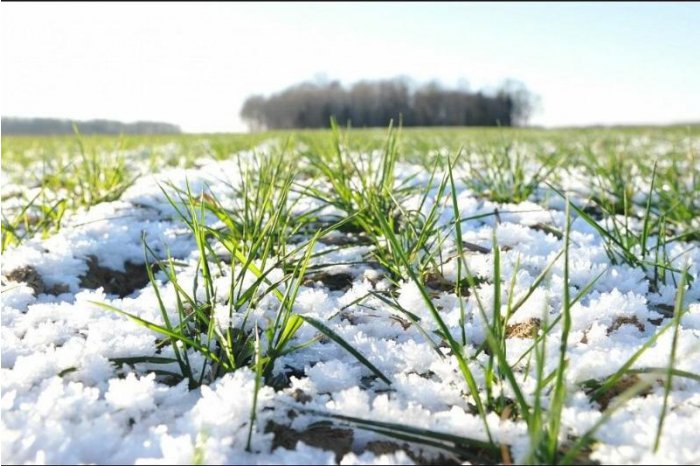Autumn crops develop normally, regardless of high temperatures, according to experts
10:24 | 16.01.2023 Category: Economic
Chisinau, 16 Jan. /MOLDPRES/- In mid-January, the state of vegetation of the autumn crops is good, thanks to the favorable climate conditions, according to PhD Boris Boincean, director of the Research Institute Selection.
Autumn wheat sowings had a double norm of atmospheric precipitation in September, as well as in November, which allowed their good development. "The greatest danger of compromising plantings will be in March-April, when the vegetation intensifies and the differences in day and night temperatures are large," said Boincean.
"This year we have a better situation, compared to the state of autumn cereal crops in previous years, when the germination and twinning of plants took place only in February, March, April. A large part of the crop areas in the Republic of Moldova are already in the twinning stage: those sown in November have twinned, and those sown in October have not yet, but are in a fairly good stage. Thus, they can go over the weather much more easily. It is due to favorable climatic conditions. However, the greatest danger is in spring, when the temperature difference between day and night is quite large. That's what happened in 2003, when we lost wheat and autumn barley", he says.
At the same time, the researcher said that the situation observed this year has become typical, these being the consequences of global warming. "Through proper soil management, more carbon can be sequestered in the soil and, in this way, the negative impact of drought will be reduced. The heat during this period is a stress for autumn crops, including perennials: vineyards, orchards. It is a physiological stress because the fall crop vegetation has started. Stress will have a negative impact if the period with high temperatures will be long and if we suddenly switch to negative temperatures. At the end of February, we will take plant monoliths and see if the growth tip will be alive", said Boincean.
At the same time, the scientist points out that the high temperatures during this period are a trigger for many diseases and pests of autumn crops, which is why farmers must constantly monitor the situation in the field.
For the next few days, the State Hydrometeorological Service forecasts high temperatures, of +14 degrees Celsius during the day, and +7 degrees at night.
Photo: Selection


